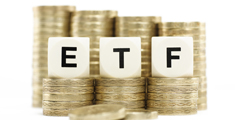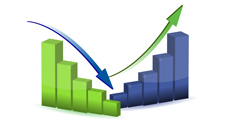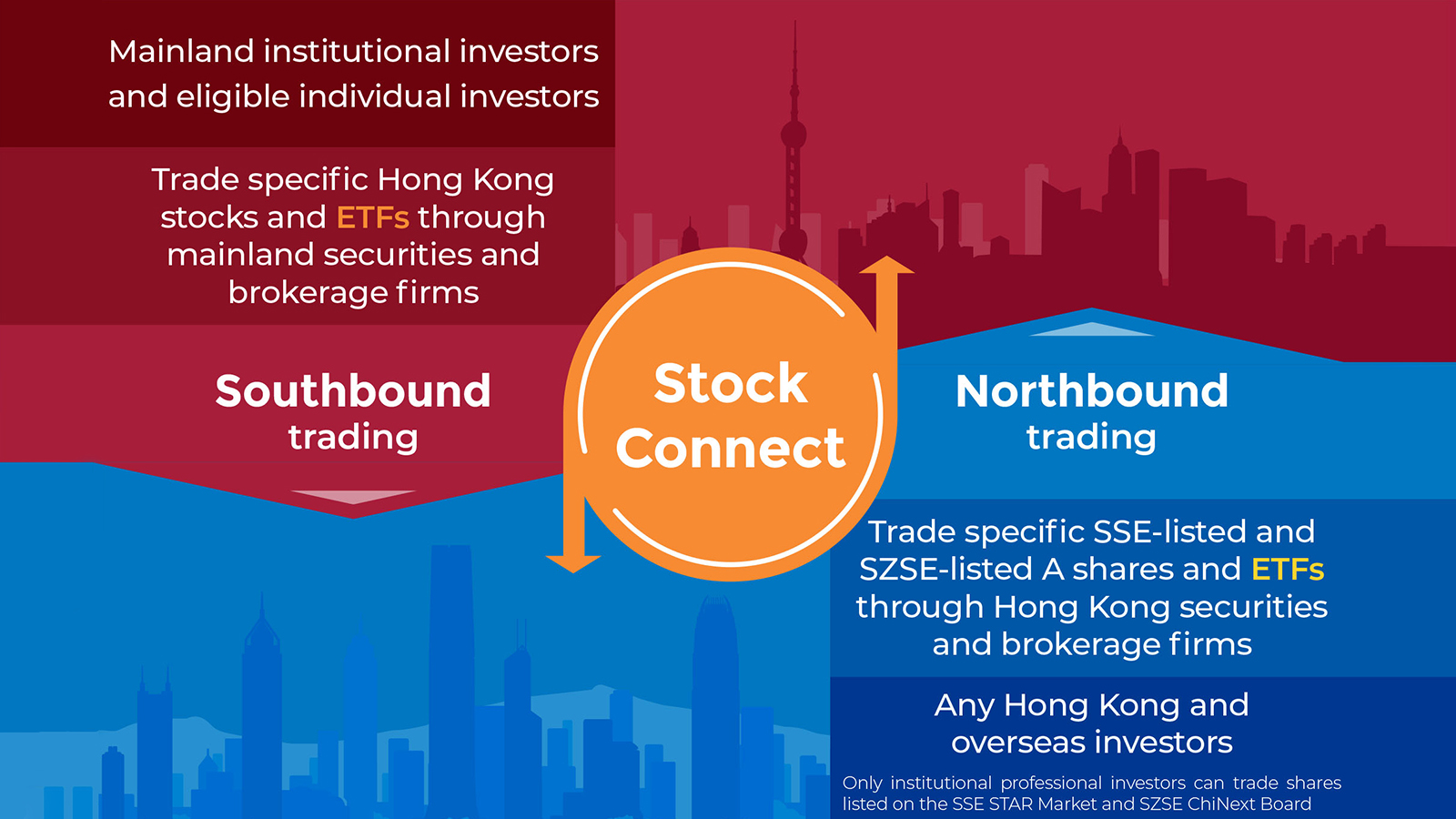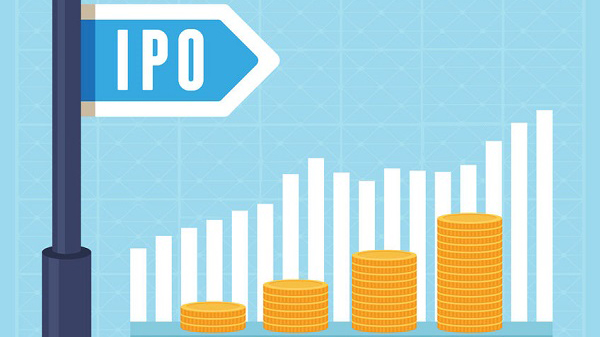
Exchange-traded fund
Similar to stocks, exchange-traded funds (ETFs) are open-ended funds listed and traded on stock exchanges. Broadly speaking, ETFs fall into two categories: passive or active.
Passive ETFs aim to track an underlying index, which can be a stock market, a group of regional or global stock markets, or an industry sector. The underlying index can also track other assets such as bonds or commodities. Passive ETFs are also called index tracking ETFs.
Active ETFs do not track any underlying index but seek to achieve a stated investment objective by investing in a portfolio of stocks, bonds, and/or other assets such as money market instruments. The underlying assets of an active ETF are usually actively managed by a portfolio manager with an aim to outperform the market or a benchmark.
You should read the fund's offering document and product key facts statement. They will give details about the investment goals, index-tracking strategy (where applicable), risks, fees and procedures.
To learn more, see the following sections.
(Note) Unless otherwise specified, the term “ETF” used in this website shall cover SFC-authorized active ETF, passive ETF and listed unit/share class of an unlisted fund









